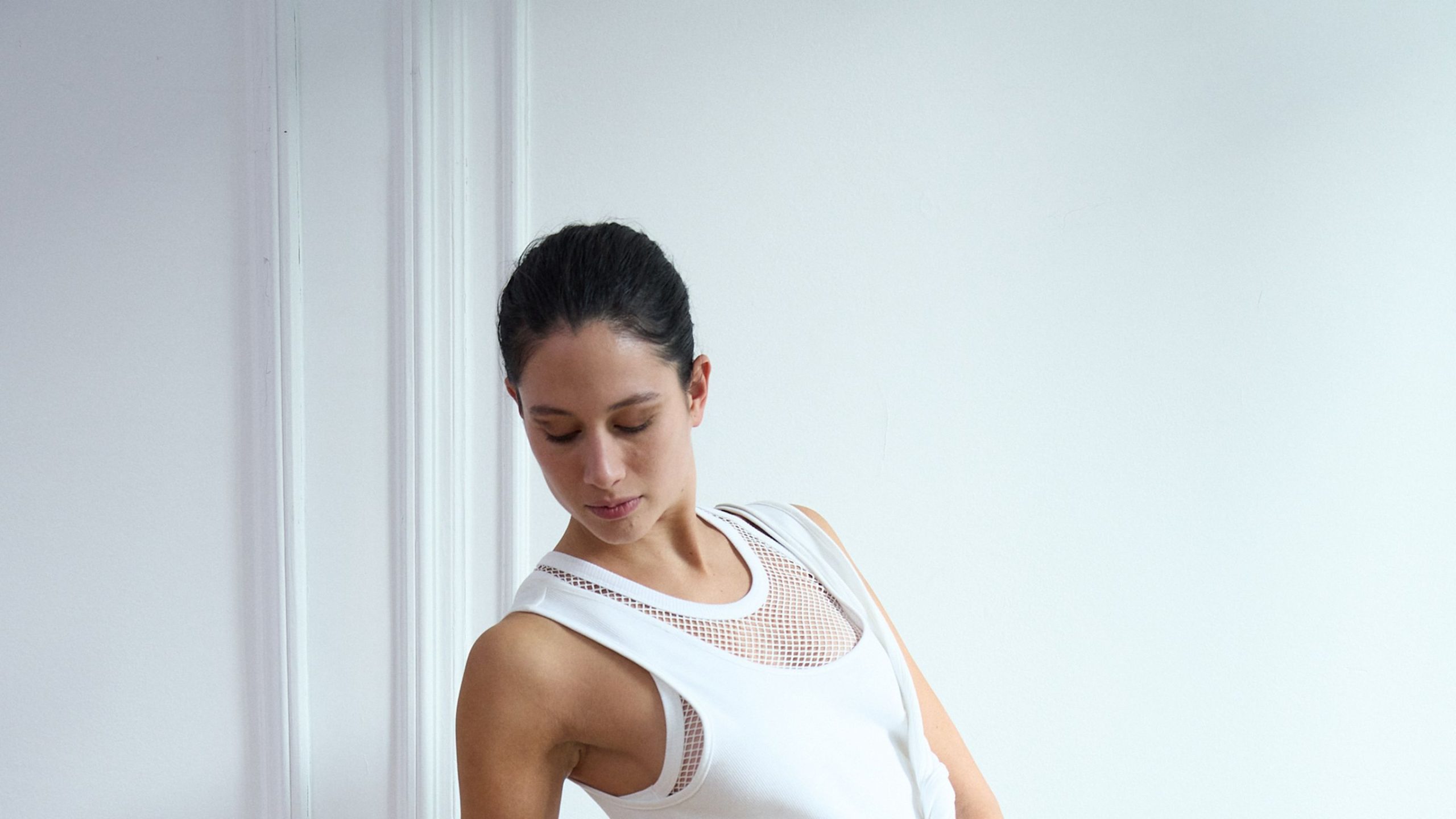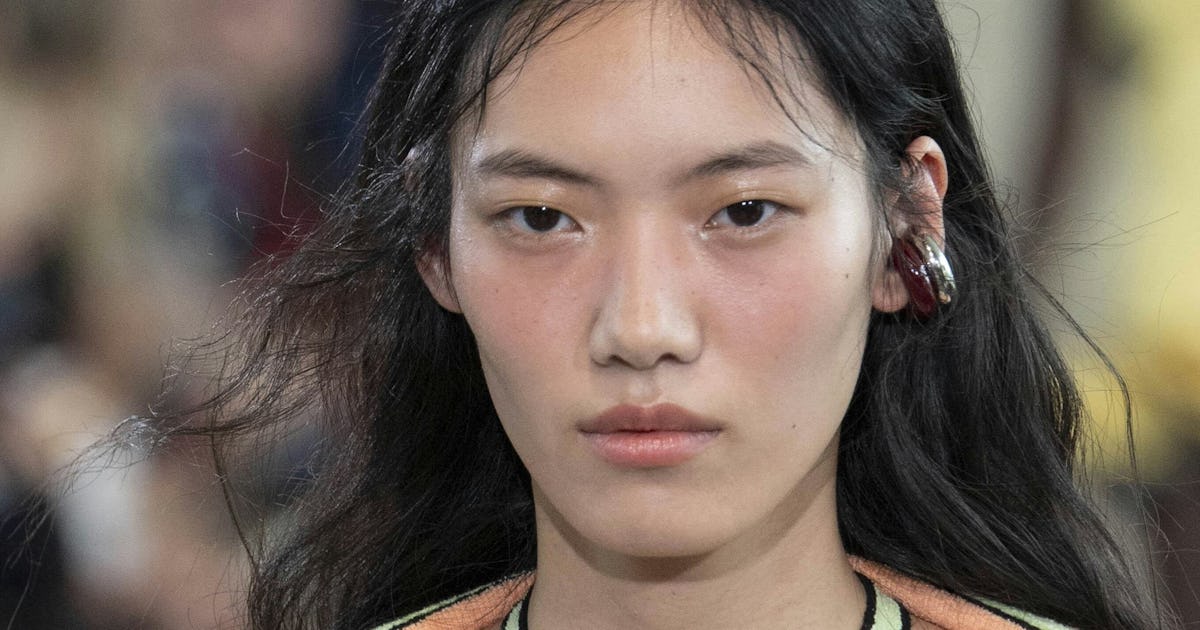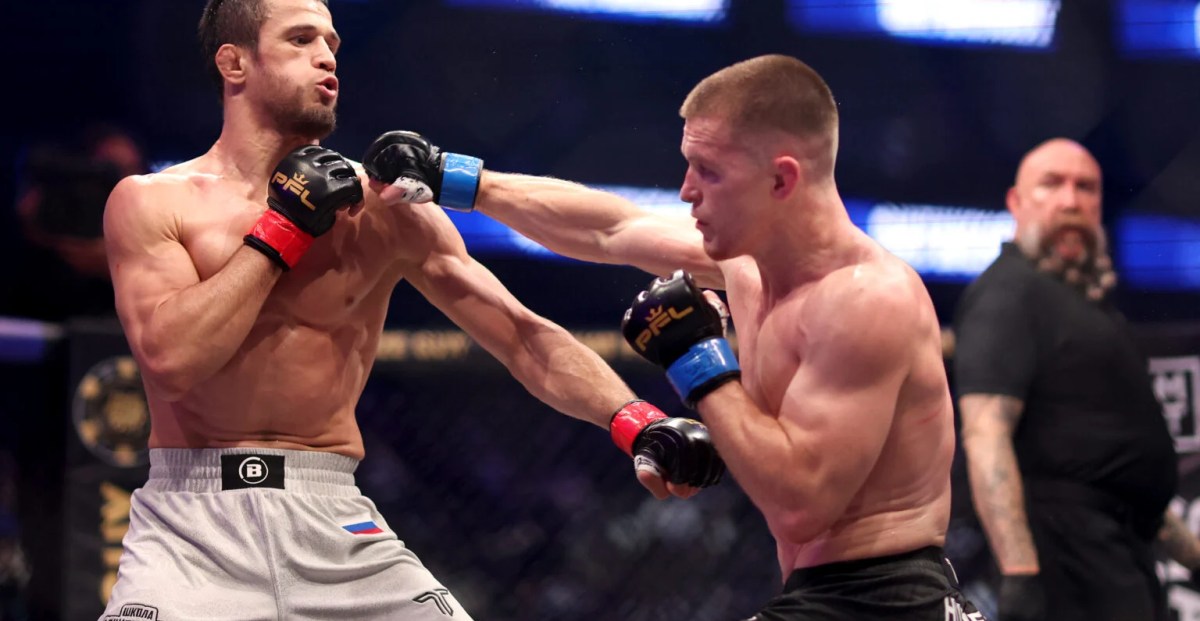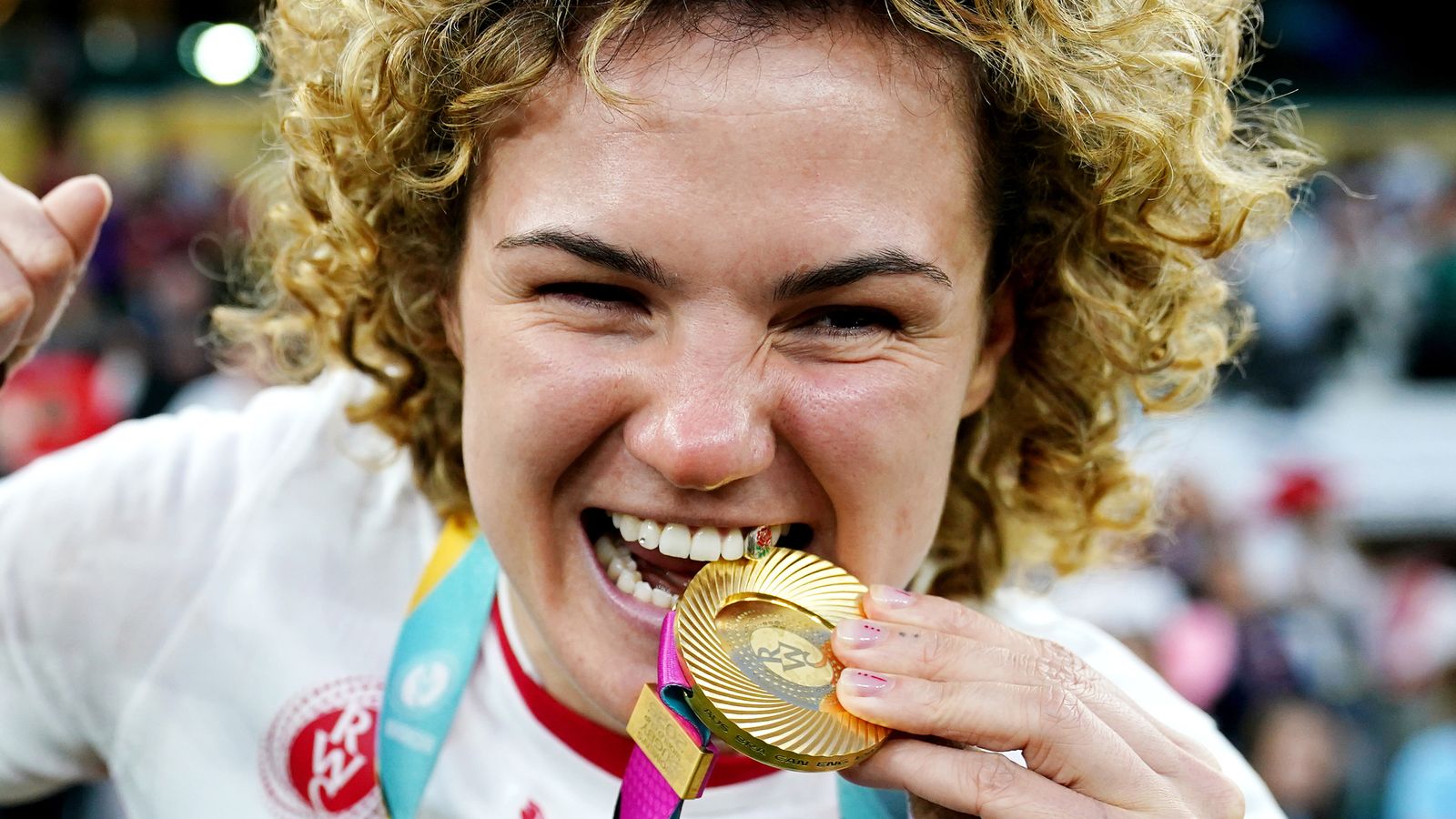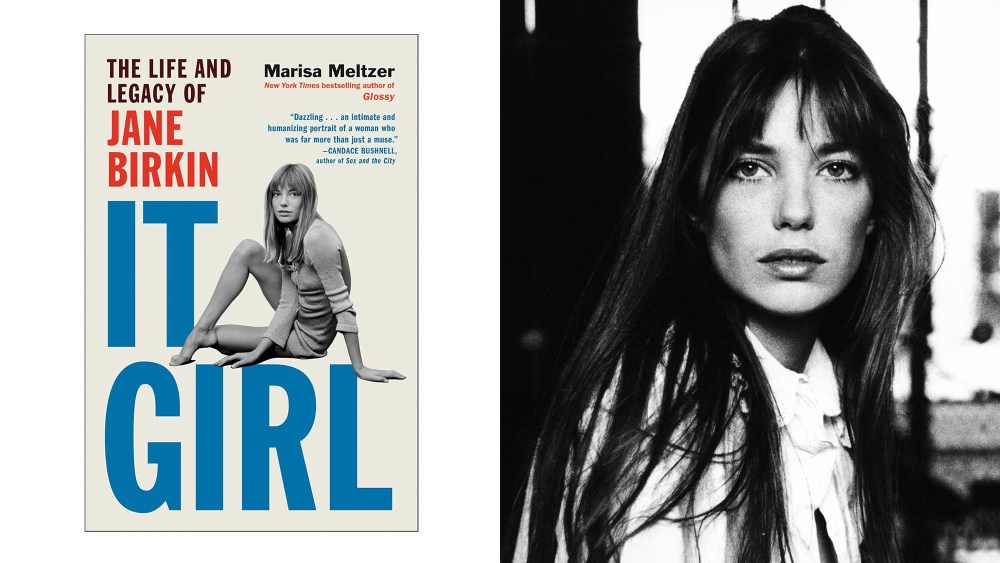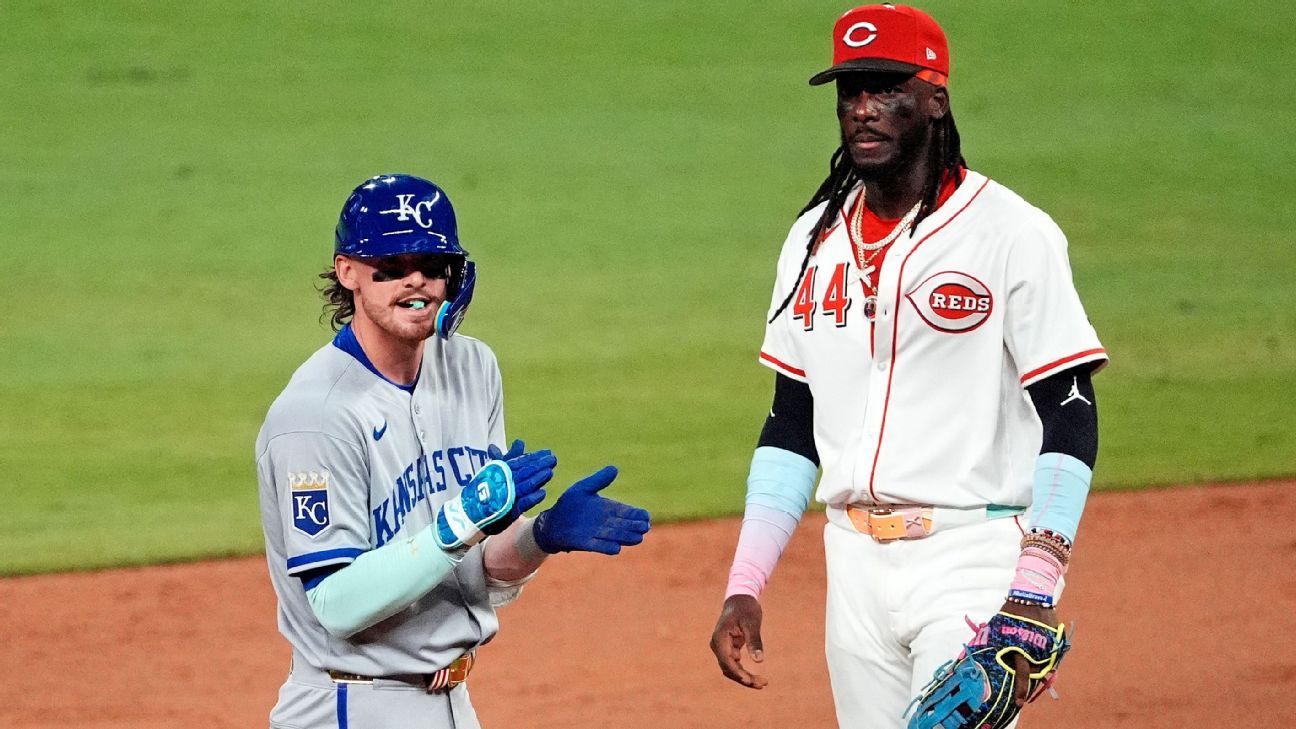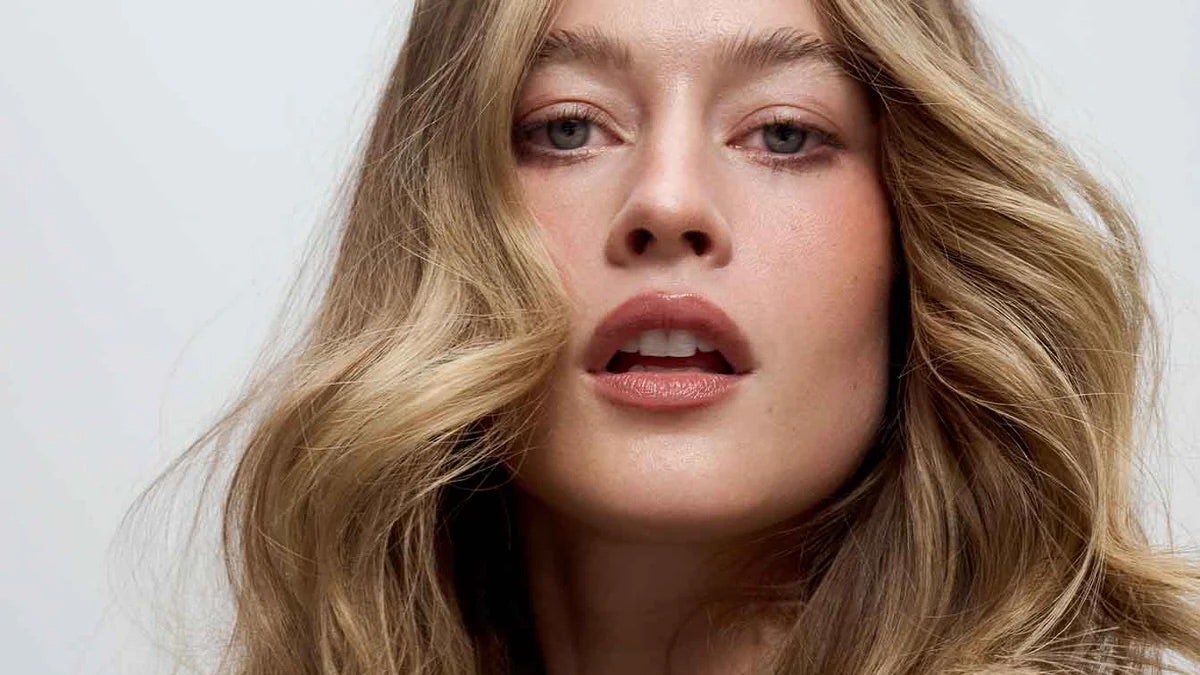
No curling iron is one-size-fits all—literally. When shopping for the best curling iron, experts agree on common categories to find the right fit for your hair: heat protecting technologies, barrel materials, barrel size, and temperature.
Material and Heat-protecting technology
According to Rogerio Cavalcante, stylist and owner of The Second Floor Salon in New York, the distinction between various materials lies in their response to heat. “What makes a great curling iron is heat-protecting technology, so that the hair isn’t burned or damaged, [as well as] ergonomic control so that it’s comfortable and practical for the user,” explains celebrity hairstylist Erinn Courtney, adding that high enough temperatures are key too to curl thicker, coarser hair types. Depending on the material a curling iron barrel is made from, different barrel types boast their own set of benefits.
- Ceramic: Best known for distributing heat evenly, ceramic curling iron barrels are a safe and effective choice for most hair types. According to Courtney, a ceramic barrel takes longer to heat up and heats hair from within, so it’s gentler on thin or damaged hair.
- Titanium: Heats up the fastest , so finer hair textures should caution. “However, it is a suitable option for those with thicker or coarser hair, offering efficient heat distribution while minimizing the risk of damage,” Cavalcanta adds.
- Tourmaline: “Tourmaline, a semi-precious gemstone known for its unique properties, produces negative ions and infrared heat when incorporated into hair tools. This feature contributes to smoother, shinier, and less frizzy hair,” says Cavalcante, adding its best suited for frizzy and coarse hair textures thanks to efficient heat distribution.
Barrel Size:
Different barrel sizes work best for specific hair lengths and yield various styles, allowing you to choose based on the desired look. “While there isn’t a strict rule about which hair length pairs best with a specific barrel size, shorter hair, particularly above the neckline, tends to fare well with smaller wands. This is because there may not be enough length to wrap the hair around a larger curling iron,” Cavalcante says. Ideally, the curling iron you choose comes with interchangeable barrels (and an automatic shut-off feature) for maximum versatility, safety, and durability.
- Small: Ranging from ⅜ to ½ inch, thinner barrels create tight curls that, when brushed through, achieve a voluminous ’70s aesthetic, explains Cavalcante. Those with shorter hair may also consider a thinner barrel to achieve a flippy bob.
- Medium: Ranging between ¾ and 1 ½ inches, medium barrels are the most common curling irons, producing a bounce that’s reminiscent of the classic Victoria’s Secret bombshell look.
- Large: Any barrels larger than 1 ½ inches result in waves rather than curls, ideal for those who want loose curls or relaxed beachy waves.
Temperature:
Temperature plays a major role in both styling and maintaining the overall health of your hair. Tara Simich, founder of Mermade Hair, walks us through different heat settings and which hair types are best suited for which temperature range.
- Low heat: Individuals with fine hair are advised to use less heat when styling as they have fewer layers to protect their hair strands. As a result, each section of hair will shape much quicker, with temperatures ranging between 250 and 300 degrees Fahrenheit.
- Medium heat: Simich suggests a standard temperature of 350 degrees Fahrenheit for normal hair (think hair that isn’t fine but not thick or coarse either—a happy medium between either extreme).
- High heat: “The thicker the hair, the more heat is needed to penetrate and create shape and curl in the hair,” explains Simish. Thicker hair texture can handle higher heat due to its increased layers, with temperatures ranging from 375 degrees Fahrenheit to 450 degrees Fahrenheit.
#Curling #Irons #Celebrity #Hairstylists #Editors

